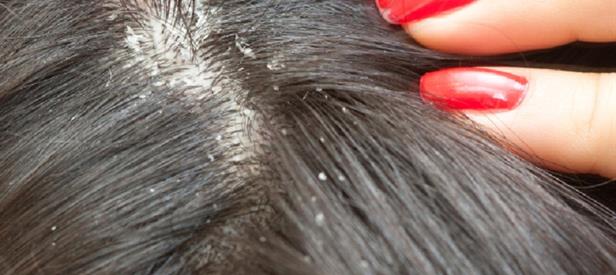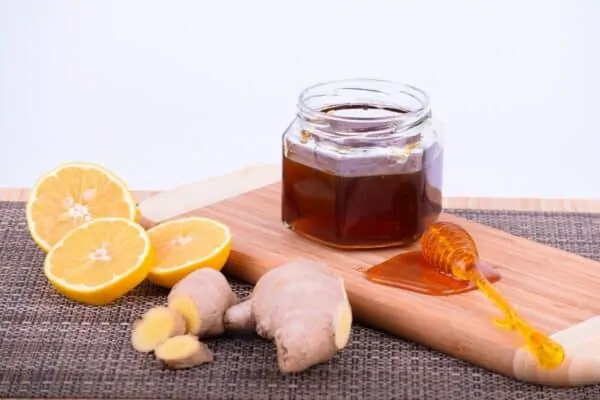What are fungal acne and what are its symptoms? Fungal acne can sound quite scary and with so many connotations attached to it, in reality it can be among the hardest to treat, and not so much due to its severity, but rather because it’s difficult to diagnose, and can get many times misdiagnosed.

Most of us have had some experience with fungal acne, so we know that it’s not as serious as some people think. That being said, if you’re still unsure whether you have a fungal acne or not, then you should definitely take it to your doctor for diagnosis, as not all cases are treated the same. And for those who do have it, there are several different treatment options that can help in dealing with the condition.
One of the common symptoms of fungal acne is whiteheads. These have the tendency to form when the oil in the skin mixes with an overgrowth of bacteria that are normally present in the skin. While these can be extremely embarrassing for the sufferer, the truth is that you probably don’t have any symptoms, and this makes it hard to tell whether you really have it or not.
The other kind of acne that causes whiteheads is referred to as blackhead acne. Again, these can be extremely painful and you will want to consult a doctor to determine if you do have blackheads, otherwise, you may only be suffering from the symptoms. However, unlike whiteheads, these do actually have a cause and they are usually caused by an infection. An infection of the skin, in most cases, involves a build-up of dead skin cells on the surface of the skin, resulting in a whitehead or two.

There are two other common fungal infections, seborrheic dermatitis and necrosis, which cause a white coating on the skin, which can be very itchy and can also cause the sufferer to suffer from severe, even painful, scratching. These are generally more difficult to deal with, although in some cases, the condition is treated and the skin is treated in order to reduce the discomfort, leaving the sufferer with scars.
The reason why these infections occur is because of a variety of reasons. They can be triggered by hormonal changes or other factors such as an allergic reaction to an environmental trigger, so to find out what triggers yours is, it’s best to see your doctor.
In the meantime, there are several ways to find out what the cause is. If you notice redness or itching around the affected area, then you probably do have a fungal infection, so if you wash that area thoroughly and apply a topical treatment, you should be able to relieve some of your symptoms.
Fungal infections tend to clear up within a week, and although they can be embarrassing, they are not actually that dangerous unless they spread. Therefore, they are something that you should take very seriously as they can cause considerable pain and discomfort and should be treated as soon as possible.
 There are several treatments for fungal acne, but there are no “cures” as there is no known cure for fungal infections as yet. To treat fungal infections, you need to treat it from the root cause of the infection and that would be the toxins that have built up in the body from the build-up of impurities and the toxins that are left behind by the bacteria that caused the infection in the first place.
There are several treatments for fungal acne, but there are no “cures” as there is no known cure for fungal infections as yet. To treat fungal infections, you need to treat it from the root cause of the infection and that would be the toxins that have built up in the body from the build-up of impurities and the toxins that are left behind by the bacteria that caused the infection in the first place.
Fortunately, there are a number of good topical treatments available, including creams, lotions and oral antibiotics that will work effectively against these problems. However, you should always consult your doctor before taking any form of medication.
Of course, there are also some natural remedies you can try out at home which can provide some relief, although they are not as effective as the topical products because they only treat the symptoms rather than the cause. You can treat the symptoms of the infection by applying an over the counter treatment, such as tea tree oil.
Tea tree oil has been used in traditional Chinese medicine for many years and has anti-bacterial properties which, when applied to the affected area, will help reduce the inflammation and ease the itching associated with the fungal infection. It is also believed to act as an antiseptic.
